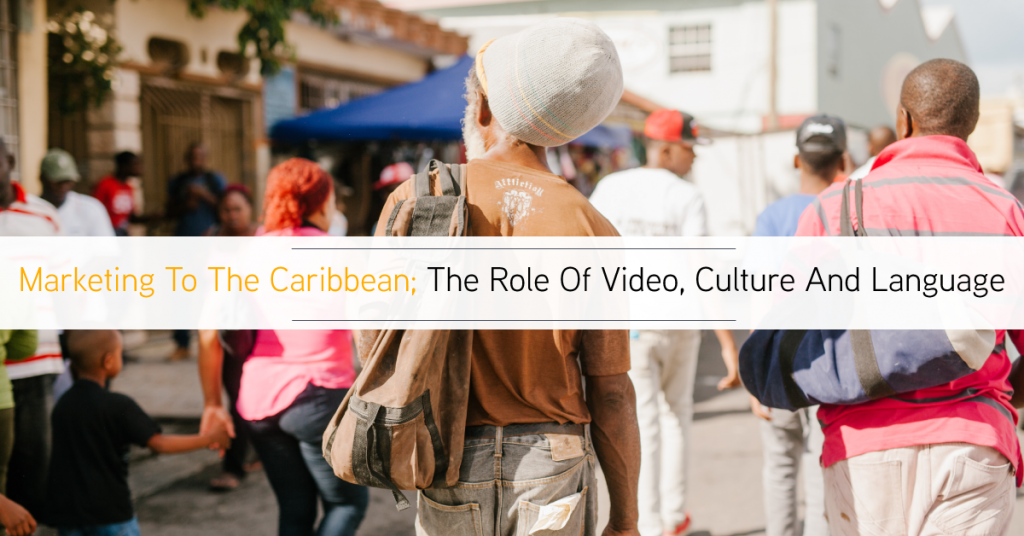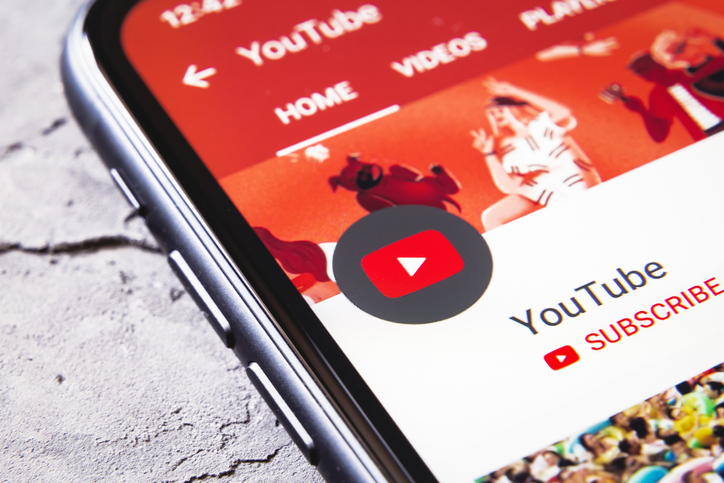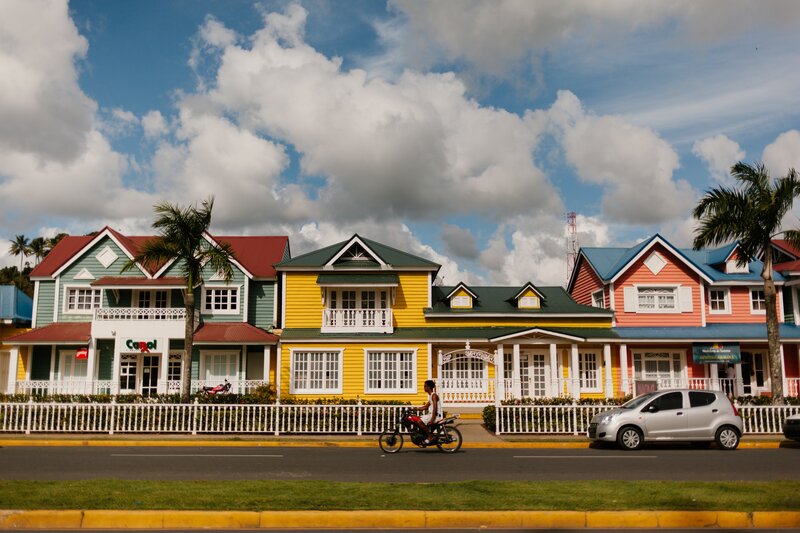Marketing To The Caribbean; The Role Of Video, Culture, And Language.
Two key things make up the content in your content marketing strategy: words and visuals. Images, graphics and the use of language in marketing are what connect with and have the most impact on your brand’s audience.
In the Caribbean, language and culture go hand in hand. The Caribbean diaspora can bridge together even if they’re worlds apart simply by exchanging a few Creole words and sharing a laugh.
Creole is a mixture of various languages in one.
A simple phrase can evoke a feeling to rise up within two people. There’s not just a sense of familiarity, but also of jubilation, humour, and togetherness. Think of the terms “good vibration” or “yeah man!”, which most people associate with the Caribbean.

Marketing to the Caribbean
You’d think that it’s easy to market to the Caribbean. Not so. With its 13 sovereign islands, 28 countries, and a total of 35 states including dependent territories, the Caribbean is as connected as it is separated by the many dialects and subcultures in its one-million square mile region.
The diversity of Caribbean islands (over 7,000 islands in total), is reflected in the many distinctions among its 70 million-strong population.
The importance of language in marketing to the Caribbean cannot be overstated.
By using the unique local dialects of a country from which you hope to get potential buyers, you can connect with your target audience on a higher level, avoiding any language barriers in marketing, and boosting your conversion rates.
Here’s how to use language in marketing.
Use Slang in Your Marketing
In every corner of the world, slang trends at any given time. Typically, you’re told that the language you use in advertising campaigns should not include slang, similar to how you shouldn’t include jargonic phrases which a wider audience outside your niche may not understand.
There’s an exception to this rule in the Caribbean region, where six official languages are spoken, and most islands have their version of an English-based Creole.
Within your marketing implementation, feel free to include creole phrases which no one outside the Caribbean region, or even an audience outside the particular island you’re marketing to, is likely to understand.
The use of slang taps into the “one family” mentality that islanders share. For reference, listen to Soca music legends Skinny Fabulous, Machel Montano, and Bunji Garlin’s hit Carnival anthem, “Famalay.”
Of course, the song is for all West Indians (another term used for Caribbean people) to enjoy. However, using the dialect from the specific island you’re targeting helps you connect more deeply with those locals.
Think of how you’d meet up with your aunties during an annual event versus when you enjoy a special family lunch with your parents and siblings. You’re more comfortable with direct family, right?
You may be even more comfortable with close friends. They could be the ones who know your language and who you speak most freely with. As a business marketing to Caribbean people, speaking freely is the way to go. That’s not to say you shouldn’t also be professional and build authority, because you definitely should.
However, if you’re in St. Lucia and find a way to make use of the commonly used phrase, “moi meme” (pronounced mweh mem, meaning how is me, or why does it have to be me?), then you can.
Add YouTube To Your Marketing Methods
Thus far, we’ve spoken about marketing to the Caribbean in general, and how dialect can make a difference. What about your marketing channels?
You’ll of course need a website, a blog, and should have an email list. These three things apply regardless of location. But what about social media marketing in the region?
You should limit your marketing to those platforms where you know your audience is located in order to save your budget, time, and effort.
Are you marketing from the outside of the Caribbean to locals, or are you marketing to your fellow Caribbean people?
Whichever it is, you’re going to want to add YouTube to your marketing arsenal. At least one of the leading platforms — Facebook, Instagram, LinkedIn, or Twitter —should also be included.
We’re highlighting YouTube because we’ve noticed that the Caribbean region is increasingly using the platform. If you’re marketing to your fellow West Indians, you don’t want to fall behind a marketing trend that others have already gotten behind.
And that has the statistics to back it up.
As of 2021, YouTube had approximately 1.86 billion users worldwide. According to one statistic, 84% of people said that a video ad persuaded them to buy a brand’s product or service.
YouTube holds 21% of global video streaming traffic, falling only behind Netflix. So there are two things we can conclude:
- You absolutely NEED to be using video in your marketing
- When you do, it should be through YouTube.
Depending on if you’re marketing to just your island, or others, you then need to ask these questions:
- Does your local Caribbean dialect help or hinder your marketing efforts?
- Are the unique dialects being understood by your wider audience as well as connecting to your target market?
You’ll understand why these questions are necessary by reading on.

Marketing to the Caribbean As An International Brand
Perhaps you’re a global brand who wants to add the Caribbean market as a new target segment and a subset of your larger target market. In this case, you need to be mindful of the regional subcultures in marketing.
Do a subcultural analysis. This is where you divide your target market into groups based on each group’s unique perceptions and attitudes that distinguish them from the larger cultural group.
The Caribbean is a massive cultural group with lots of similarities in motivations and interests. Yet each subculture differs. A specific colour might have a connotation which differs between the islands.
The psychology of each island also comes into play. The University of Wisconsin conducted a research study on Trinidad and Tobago and Jamaica which showed that values and beliefs — which make up culture — have a huge influence on consumer behaviour.
The study added:
“The data and results suggest that buyers do not follow a standardized purchase pattern in these two countries and display different buying habits. The findings clearly suggest that these cultures differ from each other. Further, the findings also suggest that people display strong loyalty to their home country and its heritage […].
“So, despite globalization and the supposed shrinking and convergence of markets with markets supposedly becoming more similar, consumers continue to preserve their cultural identities, heritage and ancestry.”
Basically, the West Indies is one big, extended family who are also territorial about their direct family. The Caribbean region epitomizes the distinct role of culture in international business.
To be more succinct, islanders who are not Jamaican don’t take kindly to the assumption that they are. So unless you’re marketing to Jamaicans, make sure your content doesn’t only reflect Jamaican patois which, by the way, not all Caribbean people understand.

Let’s Wrap It Up
Whether you’re marketing from within or outside of the Caribbean, be intentional about your use of local dialect. Do the research on each island you plan to market to.
Understand the impact of your words and the influence of culture and subcultures within your target market. Then, do tests to learn what’s working and what’s not.
Don’t be afraid to change your strategy.
Remember, too, that results are not always in a direct sale. You can focus on engagement at first. If you’re marketing on social media, see how posts that include a Creole phrase affect your engagement rates as compared to regular posts.
Use this A/B testing technique to measure conversion as well. If you have a website, you can create two versions of a sales page and see which one draws more clicks for your desired offering.
The World Bank claims that 82% of Barbados’ population and 77% of Trinidad’s population were online in 2017. That number has no doubt increased since then, but has your marketing strategy in the Caribbean kept up?
